
Part II – Marguerite Rowand-McKay: Matriarch, Naturalist, Armchair Traveler, Bison Ally
At the height of summer in 1838, Roman Catholic priests François Blanchet and Modeste Demers visited L’Fort des Prairies (Fort…
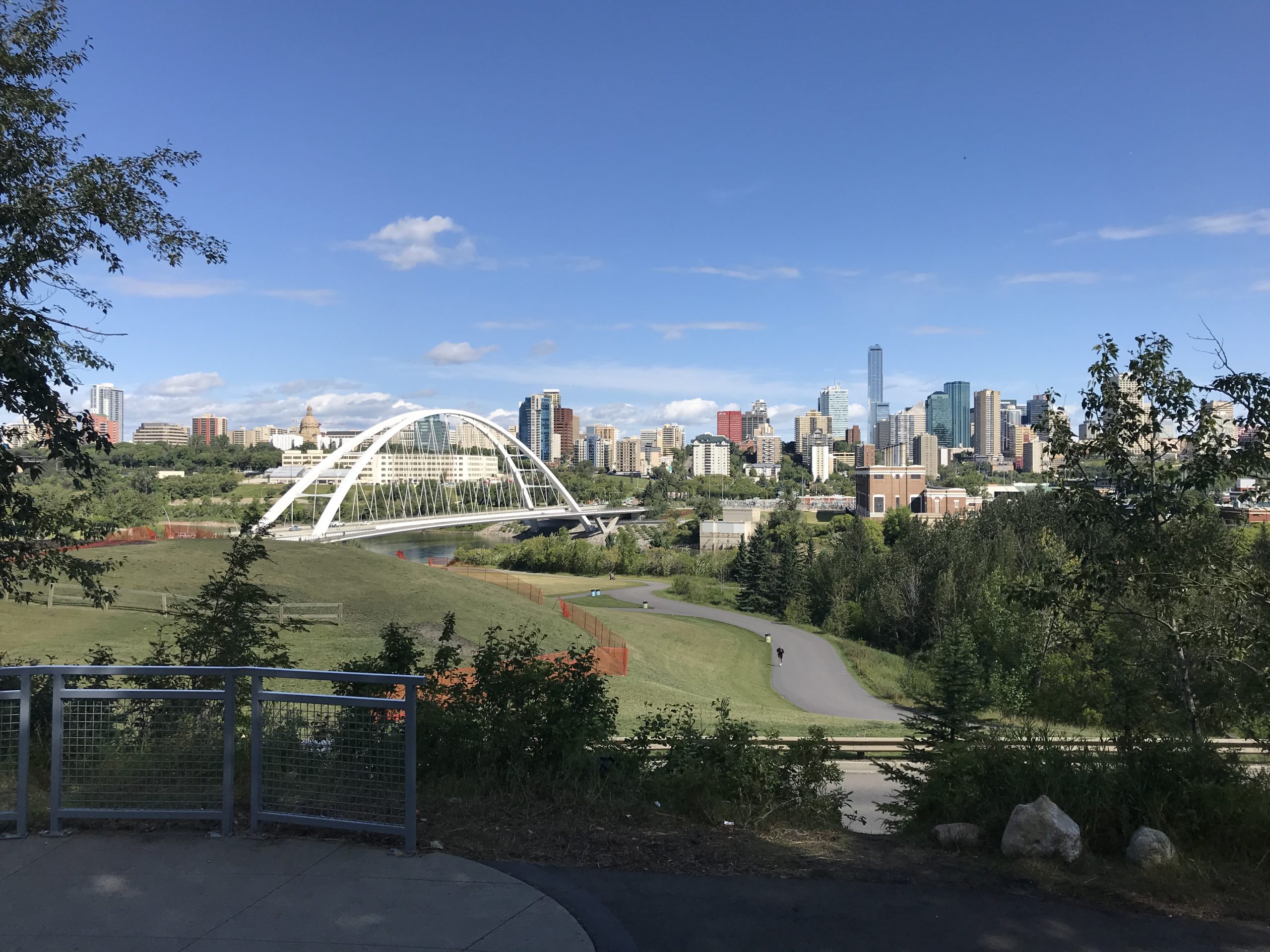

At the height of summer in 1838, Roman Catholic priests François Blanchet and Modeste Demers visited L’Fort des Prairies (Fort…
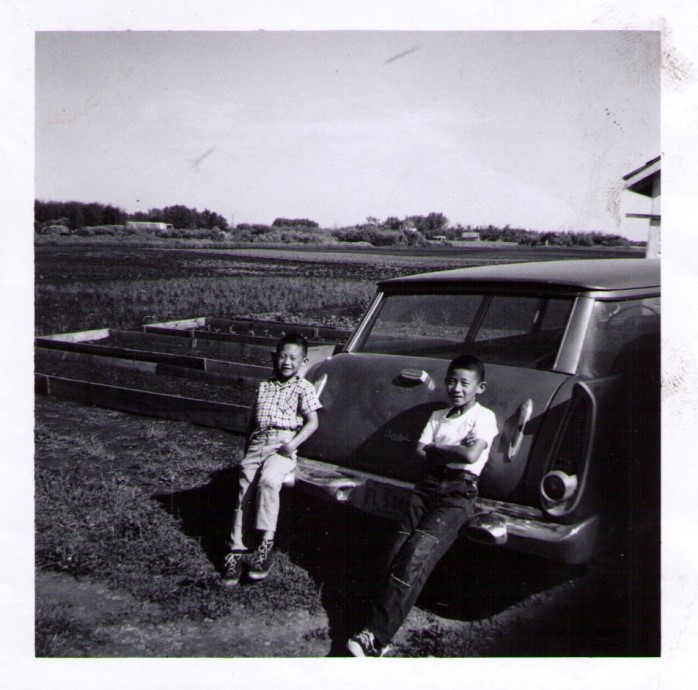
One hundred years ago my father stepped onto Canadian soil for the first time. It wasn’t until he passed away…

Have you ever heard of the China Dolls? Not the glazed porcelain dolls or the 2015 novel written by Chinese-American…

Edmonton came by its reputation as a theatre city honestly, and more than once over the last century. At one…
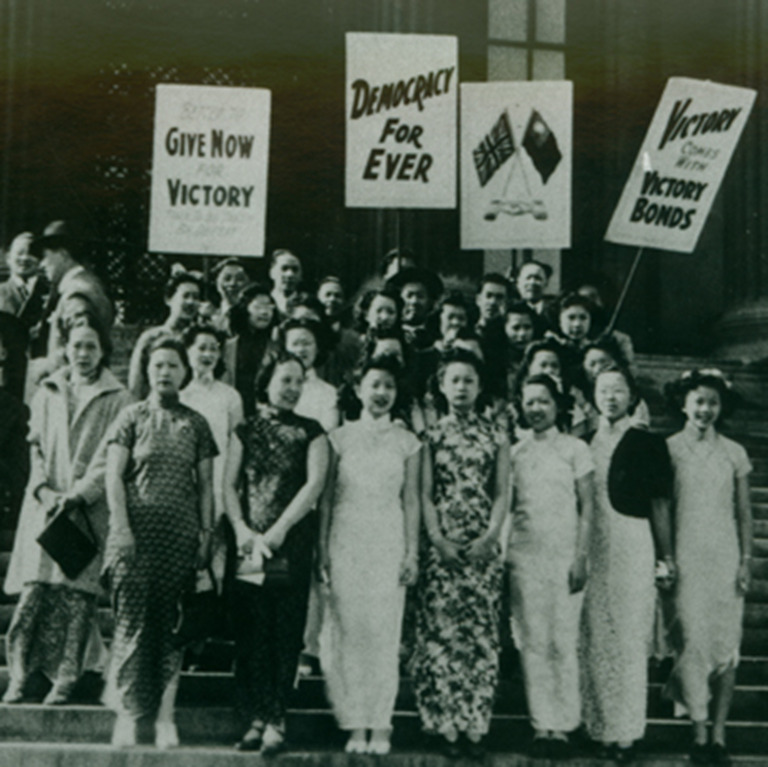
An April 1946 photo of three young Chinese women in the Edmonton Journal readily captured a reader’s eye. Freshly home…

Margaret Chappelle was an unlikely activist: the only child of wealthy parents, and wife to a successful young doctor, she…
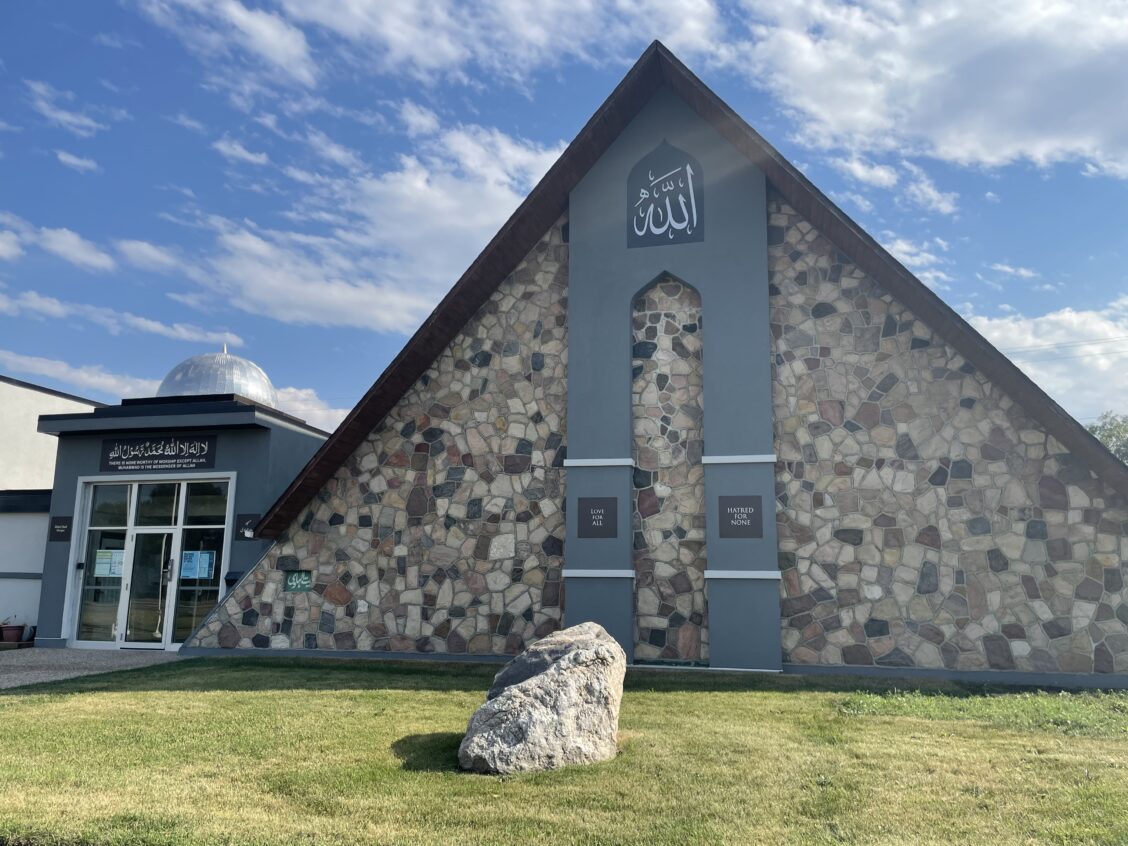
Introduction Located in the Ottewell neighbourhood, the Baitul Hadi Mosque (House of Guidance) has served the Ahmadi Muslim community in…
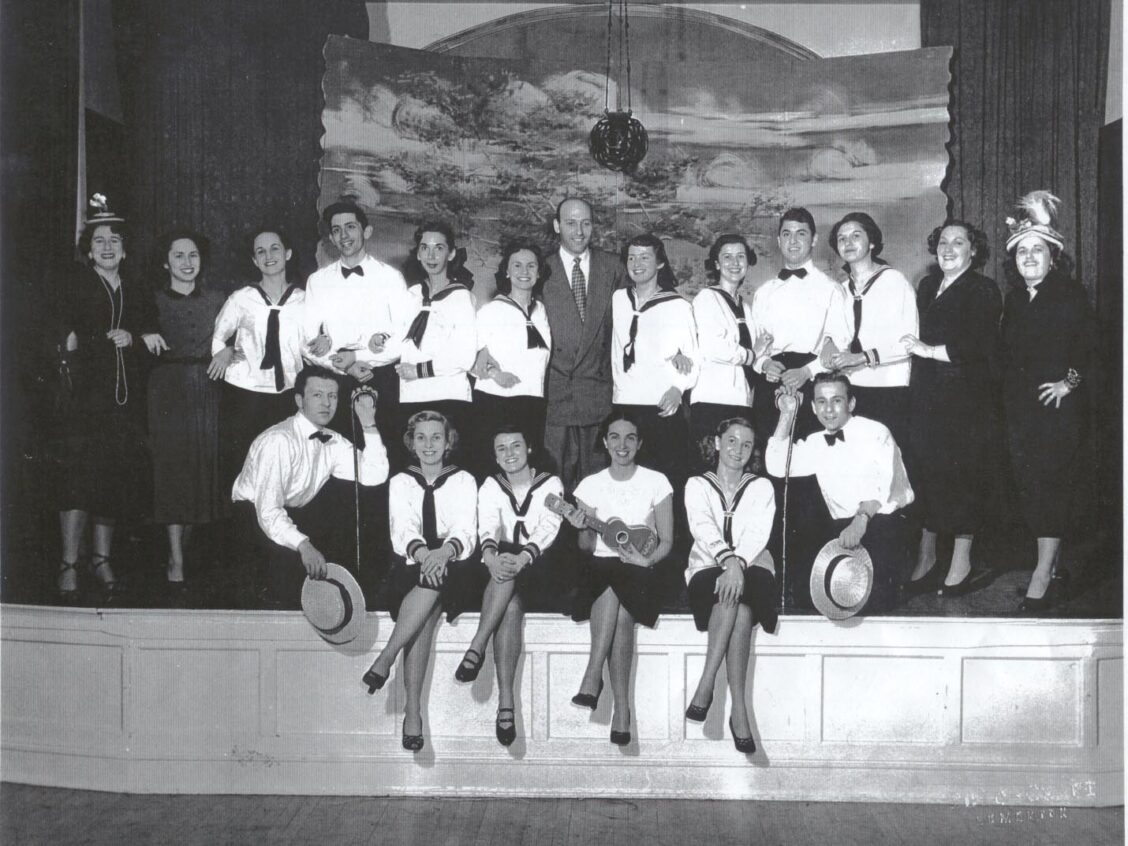
Young people today may not be familiar with the name Dasha Goody, but she was one of the doyennes of…
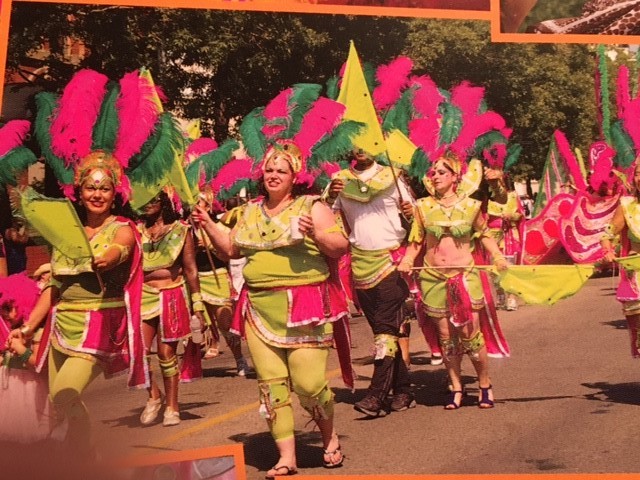
CARIWEST – Caribbean Arts Festival was introduced to Edmonton in 1984. It was created by Western Carnival Development Association (WCDA)…

“…first night for supper….he put a plate in front of me and I said “Mahsi!” In my language, thank you….

Disclaimer: Due to the importance around the legal designation of Indian status, this article sometimes uses the term “Indian” to…
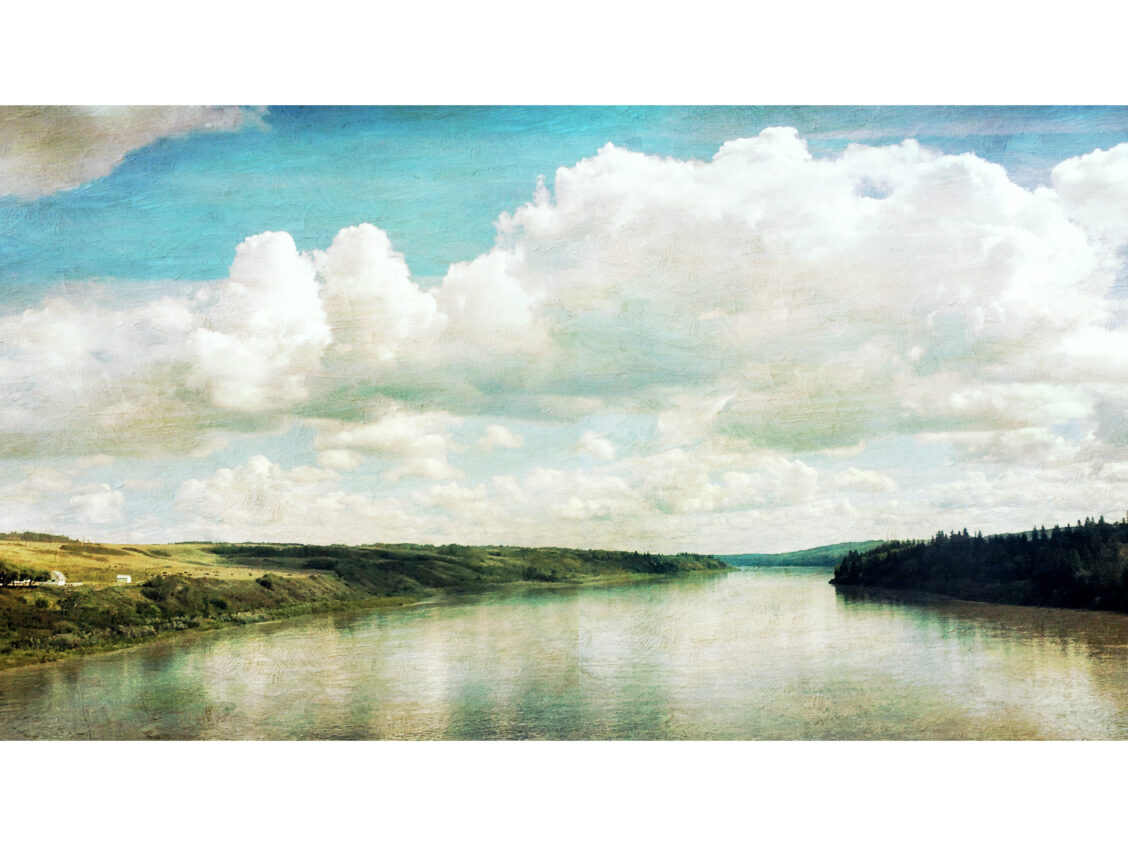
In August of 1782, Fort York was captured by the French. Edward Umphreville and some other HBC men were taken by…